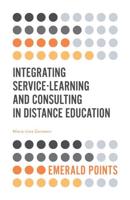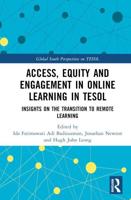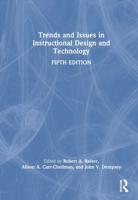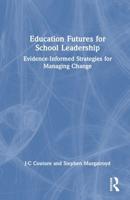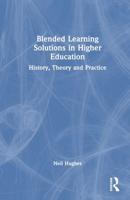Publisher's Synopsis
Earning a college degree is an aspiration of many, and on-line distance learning (DL) is a feasible way to attain that level of education. The Naval Postgraduate School (NPS) offers masters- and doctorate-level degrees to federal government employees via resident and DL means. Does either method of delivery provide a better, or worse, opportunity for strong student performance? Do available student characteristics lead to better performance in one method or the other? This book analyzed the performance of 2,633 student Navy officers in the NPS Graduate School of Business and Public Policy (GSBPP), the Graduate School of Engineering and Applied Science (GSEAS) and the Graduate School of Operational and Information Science (GSOIS) in the DL and resident formats. The analysis used simple linear models, general linear models, and recursive partitioning to determine which of ten-selected predictors can identify strong or poor student performance. Results of the analysis showed the NPS Academic Profile Code (APC) is a strong indicator of an increased probability of success, while DL students in GSEAS and GSOIS are at greatest risk of poor performance. More research is recommended to determine why those students have difficulty succeeding at NPS.



